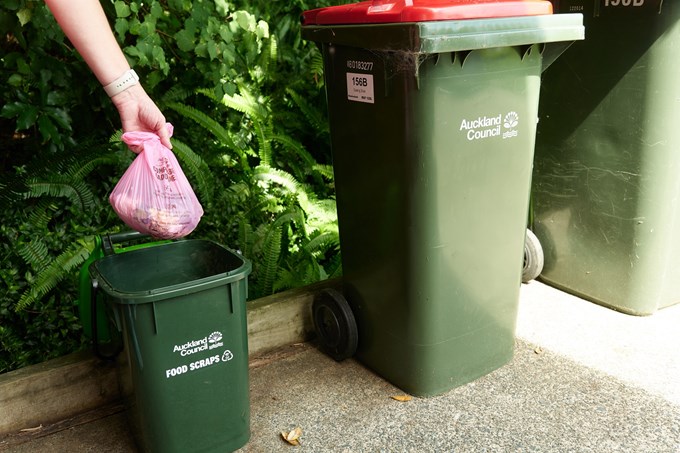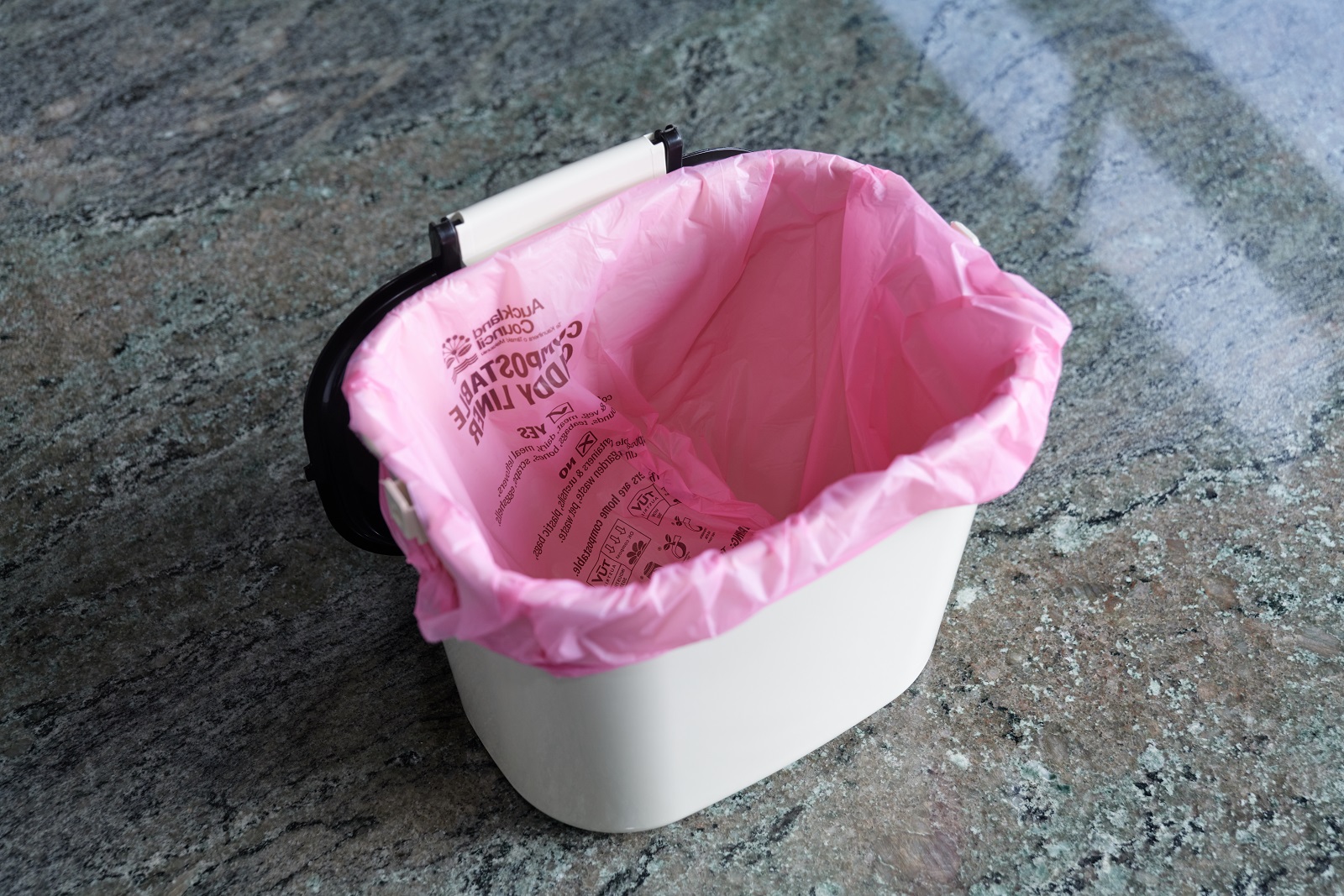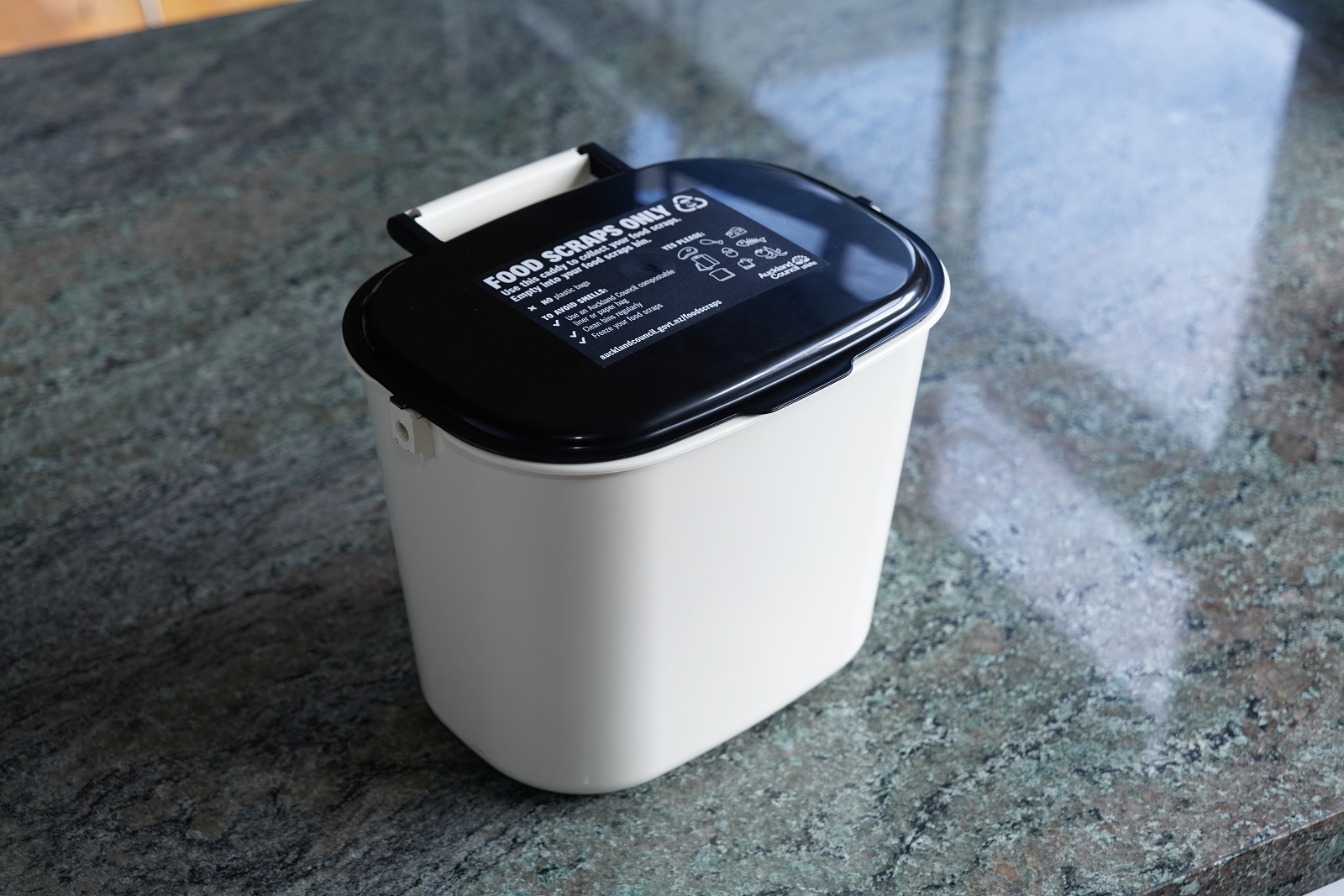The council’s food scraps journey
General Manager Waste Solutions, Parul Sood, says our food scraps journey started 11 years ago with the adoption of Auckland’s first waste plan, which stated the council would introduce a kerbside organic collection as part of our zero waste by 2040 vision.
“Many studies, economic analyses, pilot projects, procurements, and negotiations later we are finally ready to launch our food scraps service. I want to sincerely thank all the Waste Solutions staff, both past and present, who have persisted throughout this journey,” Parul says.
“I also want to thank our elected members, past and present, who have supported this work and have been patient with the delays.”
The many teams behind rukenga kai
Project delivery manager and sponsor of the initiative, Terry Coe, says that the collection service weaves together numerous different elements and teams.
“In Waste Solutions you’ve got one team who oversees the waste minimisation plan and getting all the approvals through, and another team that works on contracts and compliance, customer enhancement and community engagement. There’s even a team on the ground looking after multi-unit developments to work out the best solution for each of them,” he says.
“We also need to acknowledge the Digital team, Marketing and Communications, Customer Services, Procurement, Commercial, Finance and Legal and the Targeted Rates team because the service is paid for by targeted rates.
“All the teams working on this are amazing and I’d especially like to acknowledge Sarah Nicholls, Waste Solutions Senior Programme Manager, who is coordinating the whole rollout. There’s a massive amount of work behind the scenes.”
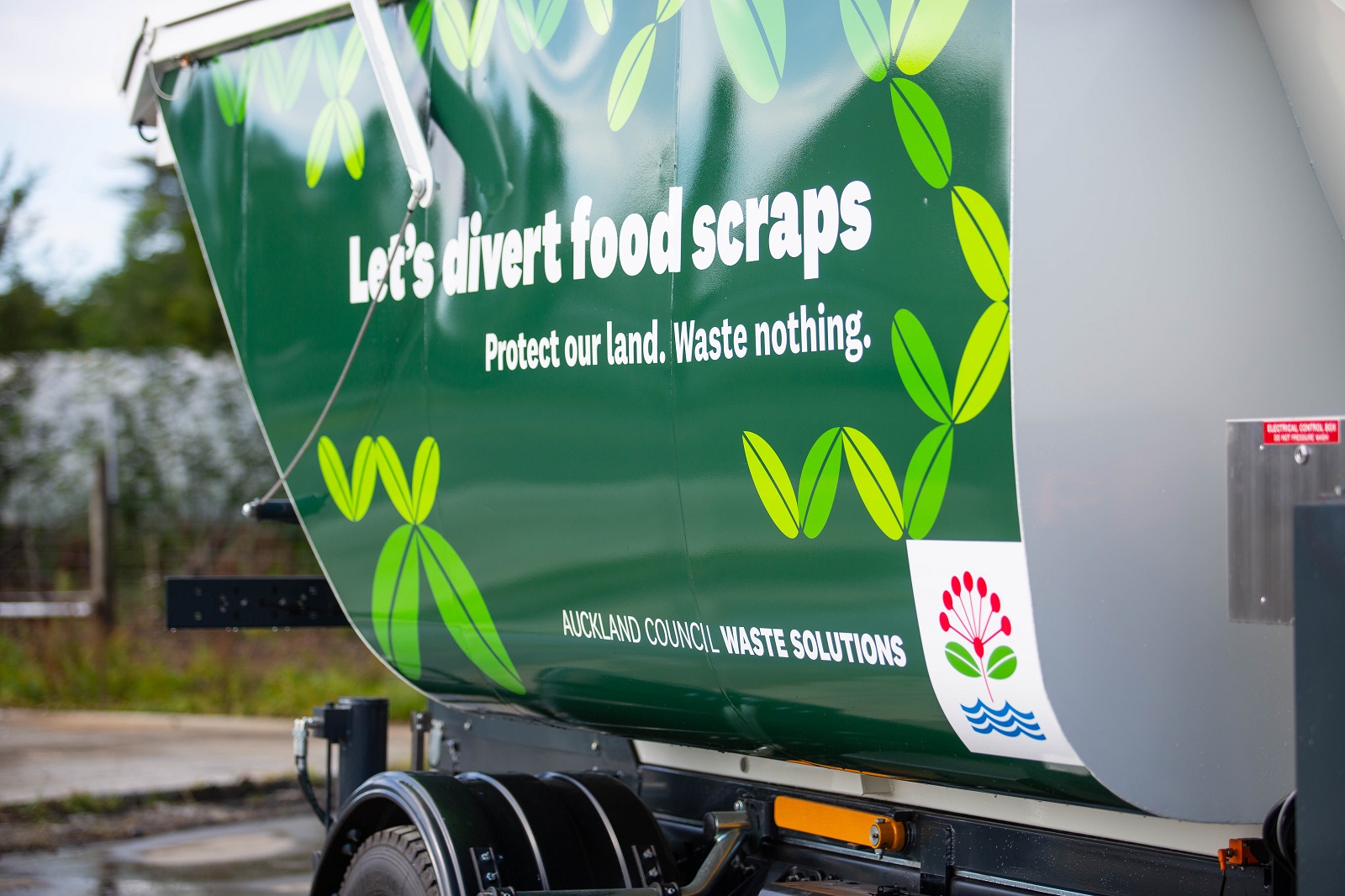
Harnessing innovation and the latest technology
Senior Waste Advisor Claire Scott-Knight’s responsibilities include procuring the bins and taking care of the collection contracts.
Claire explains that the bins and vehicles are specially designed for food scraps collection.
A food scraps collection trial in Papakura and parts of the North Shore allowed the team to identify improvements for the bins, so the ones used for the upcoming rollout incorporate ergonomic design requirements. This will reduce the risk of strain injuries for drivers, who will be lifting up to 1000 bins a day.
Some of the vehicles used for the collections will be electric vehicles (EVs) – a new option for waste collection in Aotearoa – with the aim to eventually use more EVs as they become easier to obtain in New Zealand.
Claire adds that all of the collection vehicles use the latest innovations.
“The food scraps bins are too small to empty with a mechanical arm, like the rubbish and recycling bins, so the drivers have to empty the food scraps bins manually. The trucks will have a small bin on the side at an easy height for the drivers to empty into, so that they don’t have to lift the bin all the way into the back of the truck,” says. “It’s about collecting food scraps safely.”
After the food scraps are collected by our trucks, they will be consolidated at a facility in Papakura. The scraps will then be trucked to the Ecogas food processing plant in Reporoa, the biggest organics processing plant in the country.
This plant is centrally located in the North Island and will also process food scraps from other cities and commercial companies. Once fully operational, the plant will process 75,000 tonnes of organic material each year.
The plant uses anaerobic digestion technology – a biological process that breaks down organic material in closed tanks without oxygen. This is the first time this technology will be used to process food scraps on a large scale in New Zealand.
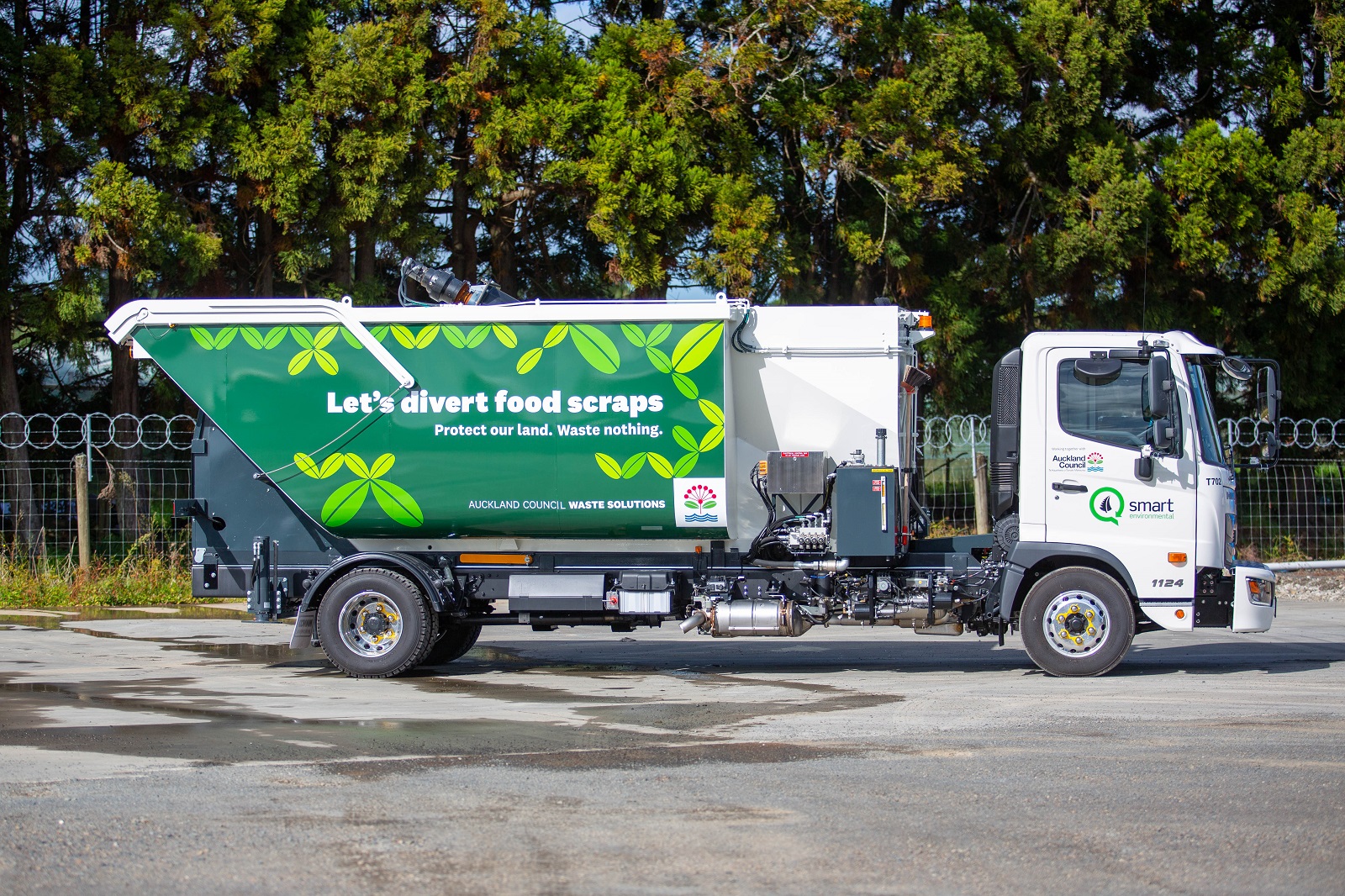
One of the new trucks
Senior Waste Specialist in Organics, Elise O’Brien, is the contract manager for the consolidation and processing. Elise’s role includes working through the technical requirements and commissioning activities to certify that the facilities will be able to consolidate and process Auckland’s food scraps for the next 20 years.
“Delivering this service with technology that’s new to New Zealand in this context is a unique experience,” says Elise. “I’m passionate about implementing anaerobic digestion as it reduces waste while also creating renewable resources as the output, and overall contributes to achieving a circular economy in Aotearoa.”
Supporting Aucklanders through the change
Lesley Hume, Waste Customer Team Leader in Customer Enhancement, explains that numerous teams are involved in supporting the region ahead of and through the rollout. Key information is available in locations across Tāmaki Makaurau, from libraries to sustainable schools.
Community partners are hosting hands-on events and pop-ups to inform Aucklanders how to use the food scraps service, while the council’s Digital team is driving customers to our website and an online tool, so that all relevant info is at their fingertips.
“With the recent publicity featuring our fabulous food fairy, along with social media posts on the service, we’ve had a huge increase in hits on our food scraps collection web pages – 2600 in one day versus 200-600 a day previously, so it’s a great result,” says Lesley.
Getting involved
“The climate crisis is very real. Most of us are so overwhelmed by it that it can be very hard to know what to do,” says Elise. “Using this service is one thing that everyone can do every week and know they’re making a difference.
“Auckland Council will use the food scraps as a resource and turn them into sustainable products.”
Keen to get started?
Use our online tool to find out when your food scraps bin will be delivered and sign up for the latest delivery/collection updates.

